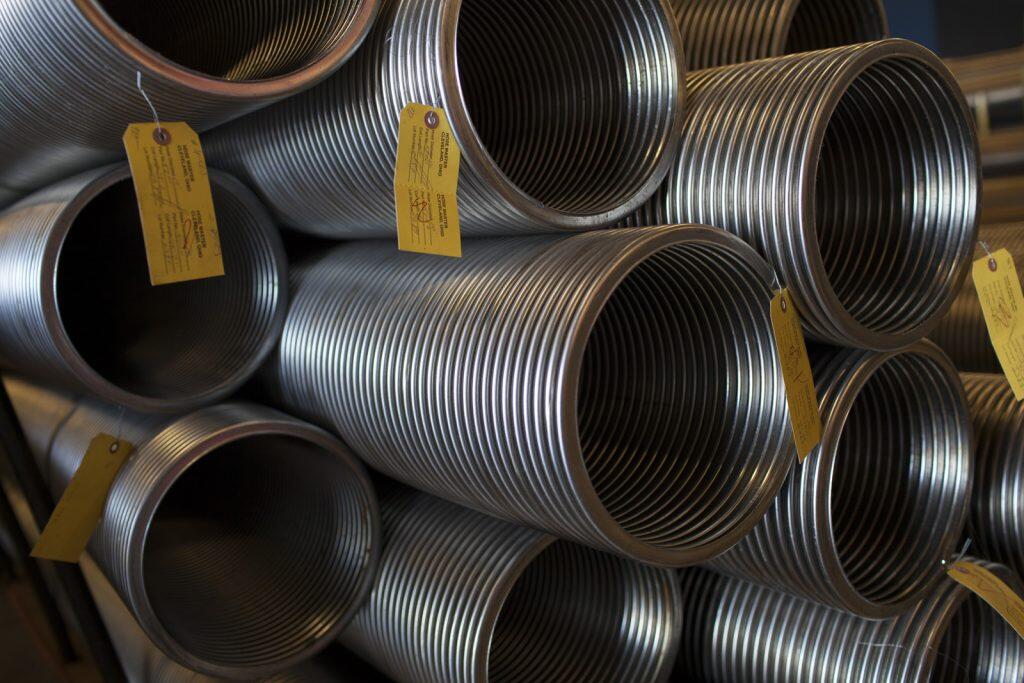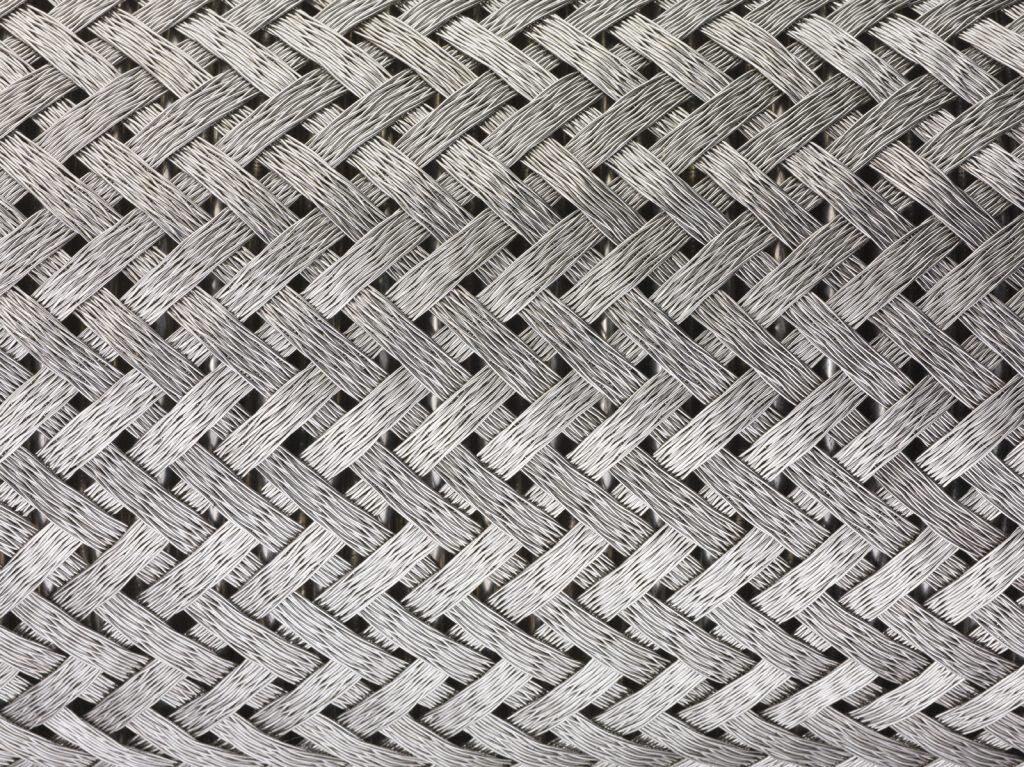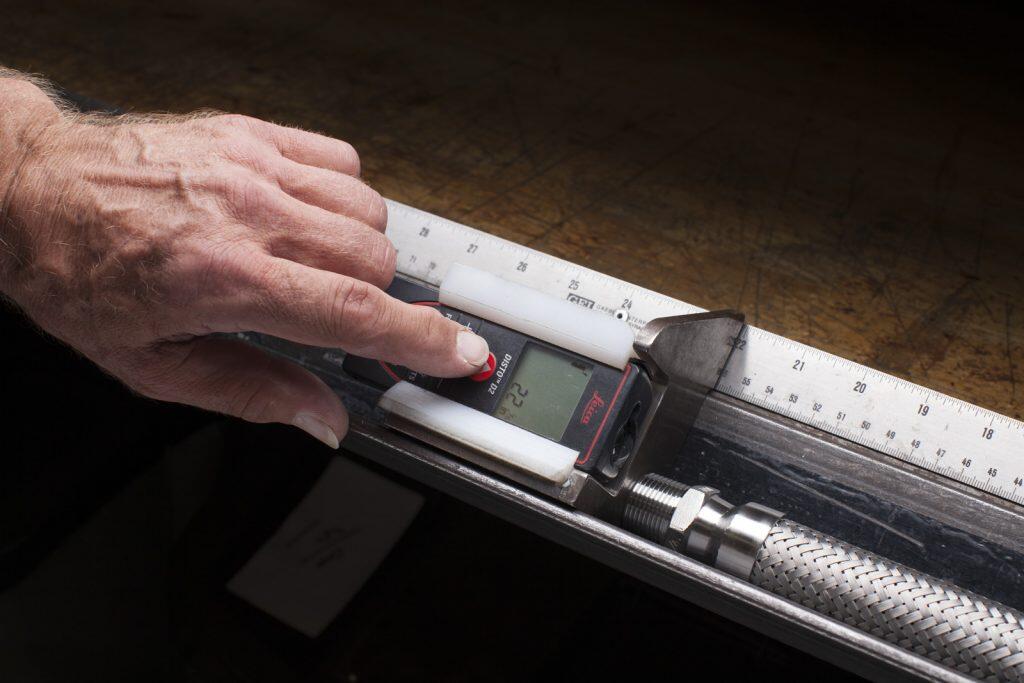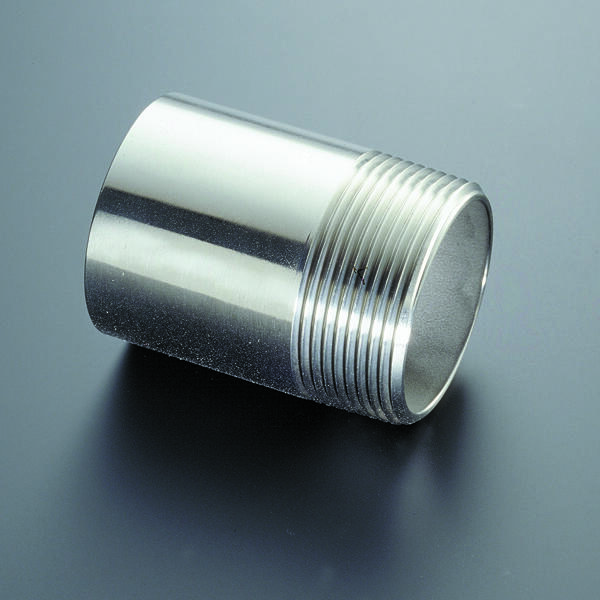Top 10 Terms and Abbreviations for Metal Hose You Should Know
By: Erik Kane
The goal of a game of basketball is simple: get the ball into the hoop to score your team points, and the team with the most points at the end of the time wins. Pretty easy right? On the surface the game is very simple, and can be easily understood by just watching. But the more you dig into it, the more you see and understand all the nuances of the sport that make it exciting and interesting to watch and play. All of these idiosyncrasies have names and acronyms to describe them, which make it easier for a group of fans or athletes to communicate (read: yell) with each other. But for those of us who are not so familiar, myself included, listening to a conversation between a bunch of super-fans can start to sound like a foreign language and can quickly get confusing.
This is all very similar to the hose and piping world, where those who have been a part of the industry a long time begin to take for granted all the terms, acronyms, and abbreviations that we use on a daily basis. Not all industrial distributors have a familiarity with all hose types, and even the most scrupulous end-user can’t know everything about every component in their plant…that’s why they need us! So without further ado, let’s lay out the top ten industry-specific terms and phrases that you need to know about metal hoses:
-
Corrugations
One of the biggest differences between metal hoses and their rubber counterparts is that metal hoses have to use corrugations to flex. Because of their material properties, rubber hoses are able to be shaped into a straight tube (like a garden hose) and flexed, whereas a metal tube would be rigid. In order to make a metal tube flexible, we manufacture many little crests and valleys into the metal tube which give it the ability to flex. -
I.D.
ID stands for the “Internal Diameter” of a hose, and is also generally referred to as it’s “size.” If you were to look down the barrel of the hose, you would see that there is a significant difference between the internal diameter of the hose, and the outer diameter (OD) of the hose. The ID is the one we use to determine the size of the mating fittings. -
Braid
Braid is the woven strands of metal wire that we put over the top of a corrugated hose to give it the ability to handle pressure. When a tube is corrugated and made into a hose and then pressurized, it wants to extend back into a tube. The braid prevents this, and acts like a trap that tightens as the hose tries to extend, and gives it the ability to withstand the pressure! Remember that steel braid on a hose is not unique to metal hoses, and often Teflon hoses with stainless braids are often mistaken for their metal hose counterparts. -
Cap
Welds/Braid
Collars
We perform 2 welds on metal hose assemblies to attach the end fittings, the first is called a “cap” weld to make sure that the braid wires are all fused together on the end of the hose. To ensure this, we put a small metal collar over the end of the hose, and gently crimp it on. The braid collar holds all the wires neatly and tightly to the hose, and allows us to properly capture all the elements in the welding process. This also makes our second fitting attachment weld much easier, and overall much higher quality, because we are dealing with two homogeneous elements (the fitting and the cap) instead of all the braid wires and the hose. Never use tools like a wrench on a braid collar (which is located just below the fitting) as it will damage the assembly. -
O.A.L.
OAL stands for “Overall Length” of a hose assembly. There are several different lengths that we define for hose assemblies, but OAL is generally the most important because many hose applications are operating within a defined space. The OAL is the total length of the hose including the fittings, all the way out (including the threads) to each end. The only exceptions in the case of an elbow, in which we measure only to the centerline of the elbow, or with seated fittings (like a JIC) that are measured to the seat. It’s also common for a customer or a drawing to specify a length in a non-standard way, so take care to understand how an overall length is being described. -
Live
Length
The live length of a hose assembly is the usable length measurement of the assembly. The corrugations in a metal hose are what allow it to flex, so anything that isn’t corrugated is not flexible or part of the “live length.” Fittings and braid collars are two good examples that are on all assemblies and not included in live length. Live length helps us calculate if there will be enough flexible hose in the application. -
P.S.I.
Stands for “Pounds per Square Inch” and is a unit of pressure, an important performance characteristic for all hoses. There are many units that can be used to gauge pressure, but PSI is the most common in the domestic hose industry. A huge number of factors affect a hoses ability to withstand pressure including hose geometry, material type, reinforcement braids, and material thicknesses. PSI is a function of the inside area of the hose, which is why very small hoses handle much higher pressures and larger ones are much lower. More space inside to spread over means lower overall pressure! -
“Male
Nipple”
vs.
“Weld
Nipple”
One, if not the most common, fitting that we use is the standard-threaded male pipe nipple. There are so many ways to describe this fitting: “MNPT” or “Male NPT,” “male nipple,” etc. but sometimes can also be referred to as a “Weld Nipple.” Fittings suppliers may describe it this way because they’re describing how the base of the fitting will be attached to the hose or other component, whereas a hose supplier is going to describe the fittings based on how the hose assembly will mate with the surrounding piping. Both are standard pipe fittings, but when it comes to hose assemblies “weld nipple” is not appropriate to describe the threaded version of the fitting and can cause confusion, and usually refers to a plain pipe fitting that is completely un-threaded. -
Alloy
Just like all other piping components, hoses can be manufactured from a variety of different metals. Hose Master makes hose out of 321, 304, 316, and C276 to name a few! Each of these is an alloy, which is a mixture of different metals and elements that give the steel different characteristics and performance attributes that make them ideal for one application or another. Choosing the right alloy is critical for nearly all applications! -
Axial
(movement)
Hoses are generally used only because a hard-piped connection is not feasible. Because metal hoses are made for movement, it’s important to recognize that they’re not suitable for all types of movement, namely, axial movement. Axial movement could be described as compression and extension. Imagine a hose assembly installed straight between two points. If the hose is compressed, the braid becomes loose and it can no longer hold pressure. If the hose is extended, it strains the braid wires and the hose itself and can fracture the fitting attachment. (Check out this video for more info on proper installations and movement)
*Honorable mention: Any real hoser will notice right away that I left out the grand-daddy of them all: STAMPED. A special hose industry acronym that helps everyone remember all the critical pieces of information necessary for a proper hose assembly design, but is too long to describe here. Click here for details on STAMPED and more information on building hose assemblies.
These top ten terms and abbreviations are a good start for anyone that’s going to be dealing with metal hoses. But hose assemblies are deceptively complex, and the experts at Hose Master are here to assist with properly designing hose assemblies for nearly any application. For more information on terms and definitions, click here, or call us at 216-481-2020 or email us at insidesales@hosemaster.com and we will be happy to assist you! Be sure to follow us on LinkedIn and subscribe to our Insights Blog for regular updates!




Copyright 2018, Hose Master, LLC
All Rights Reserved
-
When to Use Flexible Metal Products
-
Select the Right Hose for Your Application
-
Select the Right Corrugated Metal Hose
-
Select the Right Stripwound Metal Hose
